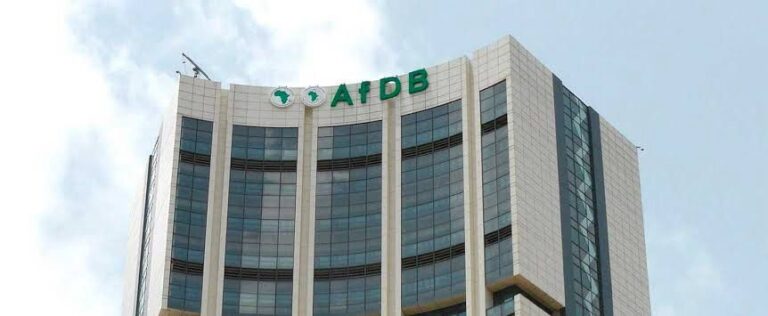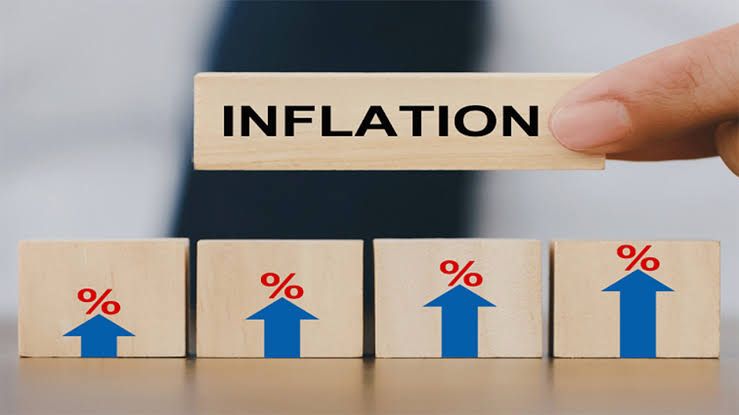By: ThinkBusiness Africa
The Nigerian Exchange (NGX) experienced a shift in sentiment on Wednesday , closing on a decidedly bullish note to decisively end an eight-session streak of losses that had wiped trillions off the market since last week.
According to the stock exchange market the NGX All-Share Index (ASI) surged by 2.88% to close at 145,403.83 points on Wednesday.
The strong reversal marks a significant comeback for the Nigerian equities market, particularly after a brutal trading session on Tuesday that saw the ASI plunge by more than 5%—its steepest single-day loss in years—uncertainty over the new capital gain tax regime.
Wednesday’s spectacular rally added substantial value back into the equities market. The total valuation of the equity segment climbed with the ASI, increasing by 2.88% to settle the Equity Market Capitalization at ₦92.48 trillion.
This performance signals that institutional investors and high-net-worth individuals, who had previously exited positions, are now returning to acquire fundamentally sound stocks at depressed prices.

The Exchange Traded Products (ETPs) segment also maintained positive momentum, recording a 1.39% gain to close at ₦33.19 billion. However, the Fixed Income market experienced a slight dip, closing marginally lower by 0.04% at ₦52.58 trillion
Market analysts view Wednesday’s performance as a strong technical rebound following an oversold condition. The eight-day losing streak had been largely attributed to portfolio rebalancing and panic selling driven by the recently signed Nigeria Tax Act (NTA) 2025, specifically its radical increase in the Capital Gains Tax (CGT) rate from 10% to 30%.
The panic-sell saw the All-Share Index (NGX-ASI) loss 5.01% on Tuesday. This plunge brought the index down to 141,327.30 points from 148,781.90 on Monday. An estimated N4.61 trillion was wiped out in a single session.
Under the new law, scheduled for full implementation in January 2026, the CGT rate for companies and certain foreign portfolio investors on the sale of Nigerian shares is set to triple from 10% to 30%.
This impending increase created an urgent incentive for institutional and foreign investors who had locked in significant profits over the past year to liquidate their holdings before year-end, thereby realizing their gains under the current, lower 10% regime.

The mass exit to avoid the higher future tax rate was the primary catalyst for the sharp, deep correction.












